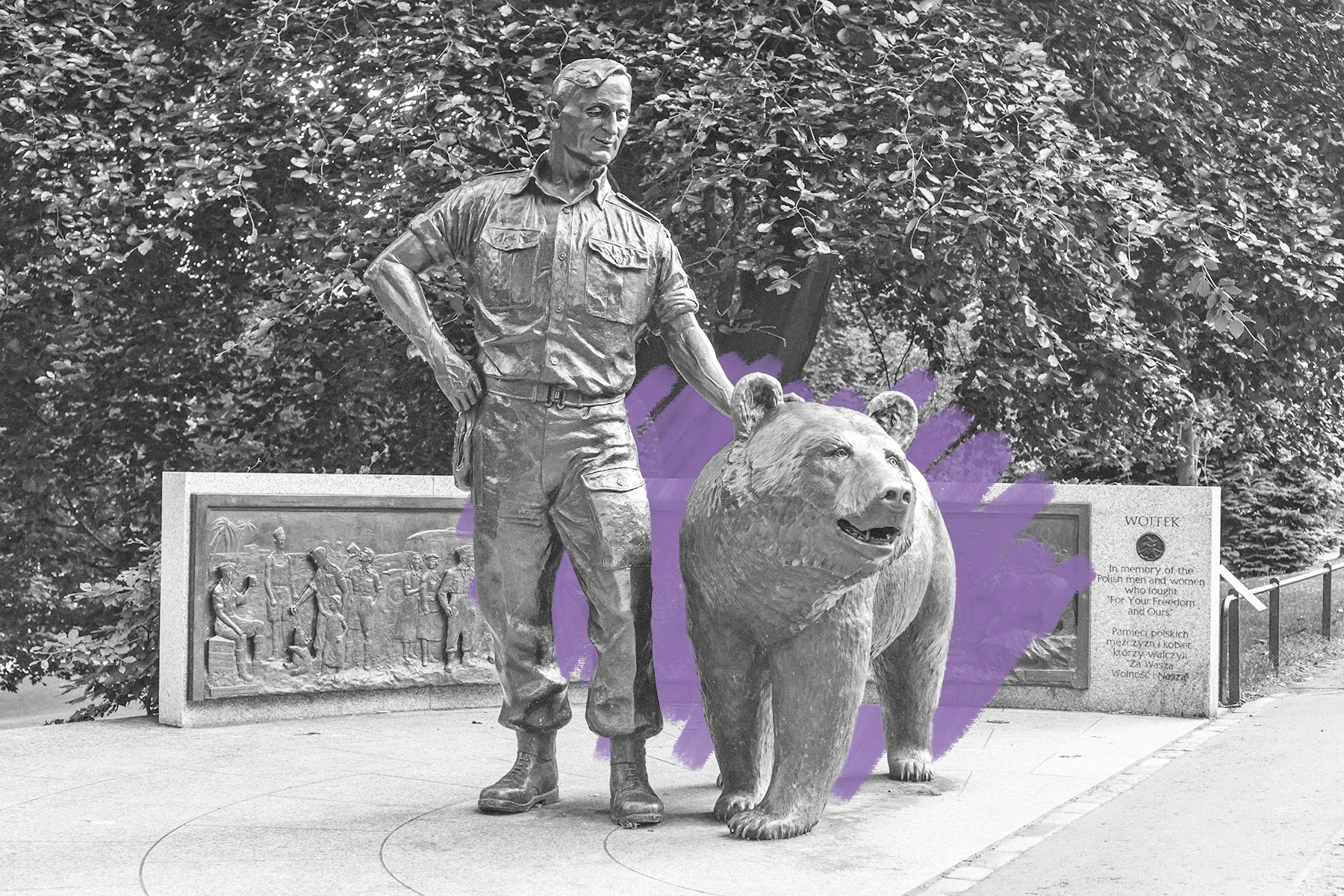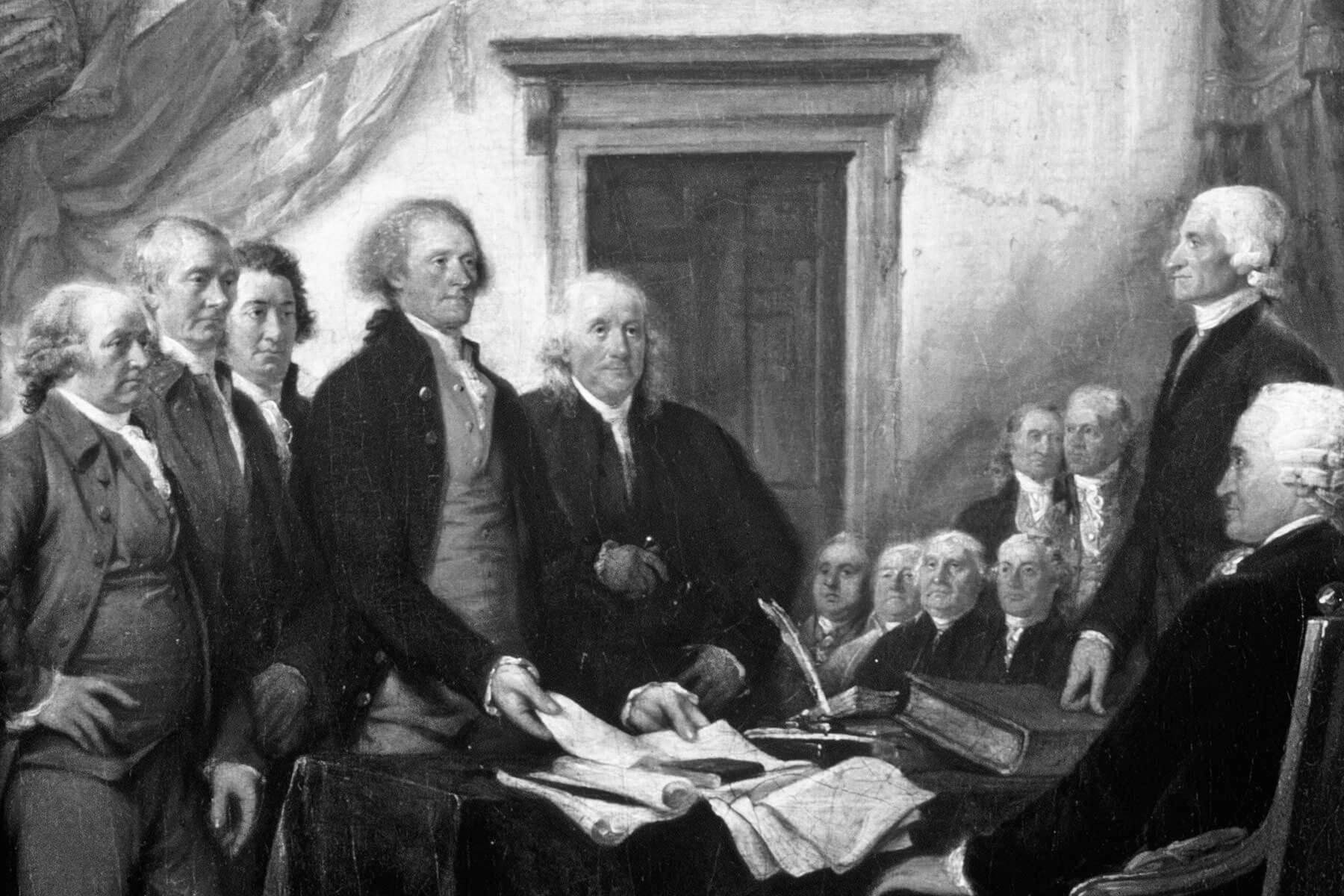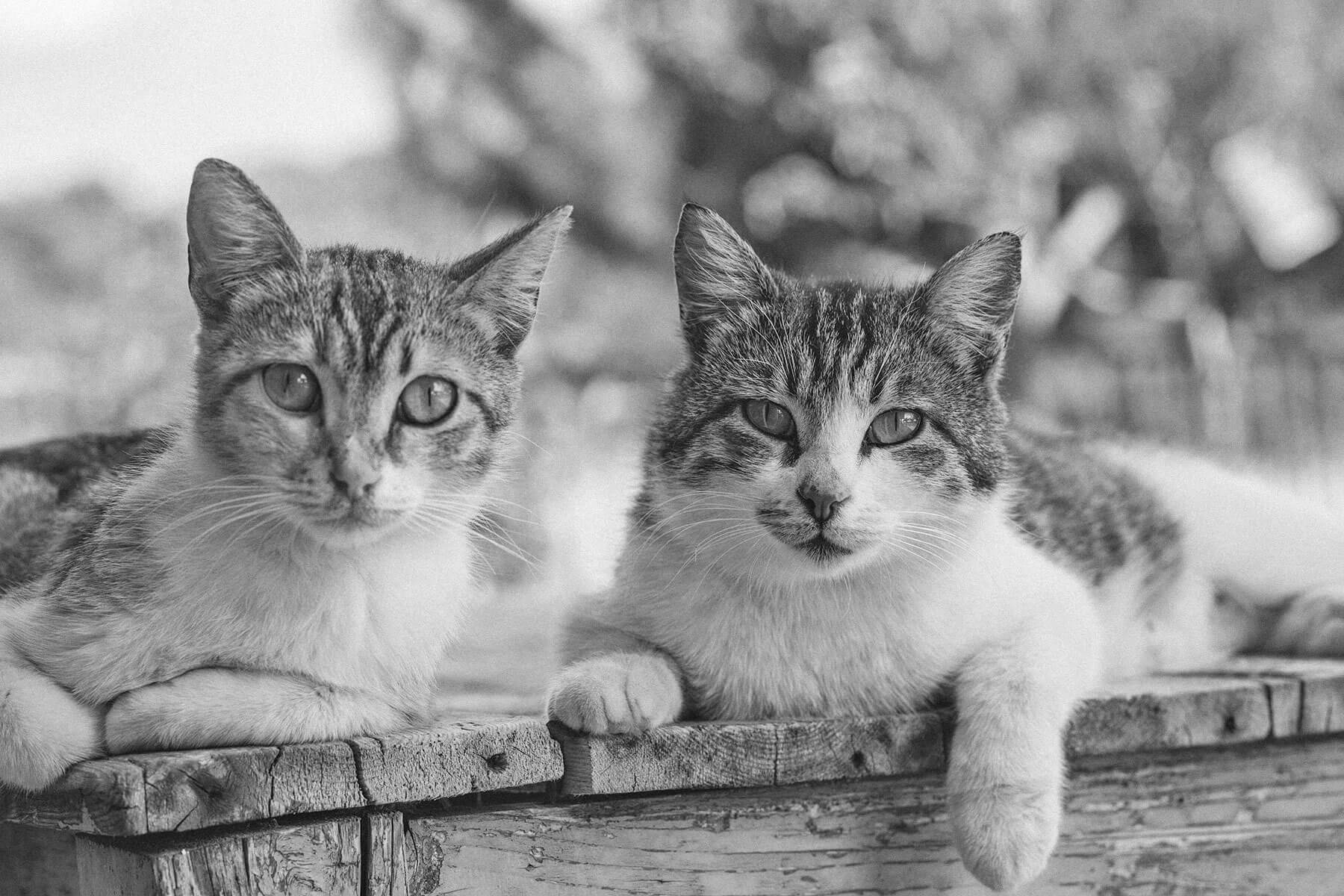 |
A brown bear became an army corporal during WWII. |
World History |
 |
| |
| Wojtek arrived at the 22nd Artillery Supply Company of the Polish II Corps by happenstance, when a young Iranian shepard traded the orphaned bear for a Swiss army knife, some chocolate, and canned beef. The Polish soldiers received a tiny cub in a burlap sack, who was placed under the care of a soldier named Peter Prendys. To everyone's delight, the animal quickly assimilated, and in 1944 he became Private Wojtek, meaning "joyful warrior" in Polish. He was fed double rations, often washing it down with a beer. | |
| Wojtek's antics provided much-needed entertainment, but he was more than just a pet. The bear proved his worth on the battlefield when his company was reassigned to Italy. Eyewitness reports from May 1944, during the Battle of Monte Cassino, purport that Wojtek bravely carried artillery shells and ammo crates across the battlefield. After the battle, the company changed its insignia to a bear holding an artillery shell, and Wojtek was promoted to corporal. When the war ended, Wojtek said goodbye to his compeers and retired to the Edinburgh Zoo, where he lived from 1947 until his death in 1963, and where a statue now honors his extraordinary life of adventure and achievement. | |
 | |
 | |||||||||
By the Numbers | |||||||||
| |||||||||
| |||||||||
 | |||||||||
| |||||||||
The British Empire established an Imperial Camel Corps during WWI. | |||||||||
| The scorching deserts of the Middle East and Africa are no places for horses, so during World War I, the British military looked to a more self-sufficient desert dweller: the camel. Thanks to camels' unique ability to conserve water, they can last up to a week without water in extreme conditions. Having been domesticated for thousands of years, these dromedaries were a natural choice to serve as a reliable mode of transportation for soldiers during World War I — without depleting valuable water supplies. The camel brigade was established in 1916, and proved so valuable that by the war's end it grew to four battalions (mainly of British, Australian, and New Zealand troops). Well trained and agile in desert terrain, the camels were indispensable during regional engagements, including the culminating battle of the Sinai and Palestine campaign — the 1918 Battle of Megiddo — which ended in an Allied victory against German and Ottoman forces. | |||||||||
 | |||
Recommended Reading | |||
 | |||
| | |||
 | |||
| | |||
| + Load more | |||
| |||
| |||||||||
| Copyright © 2023 History Facts. All rights reserved. | |||||||||
| 700 N Colorado Blvd, #513, Denver, CO 80206 | |||||||||
|





No comments:
Post a Comment